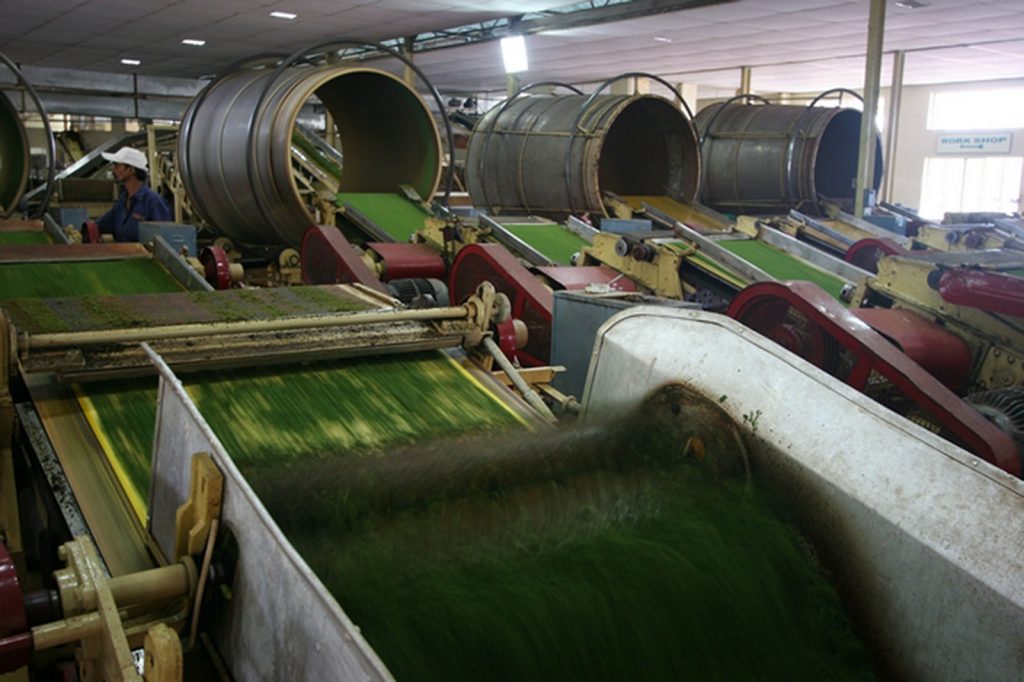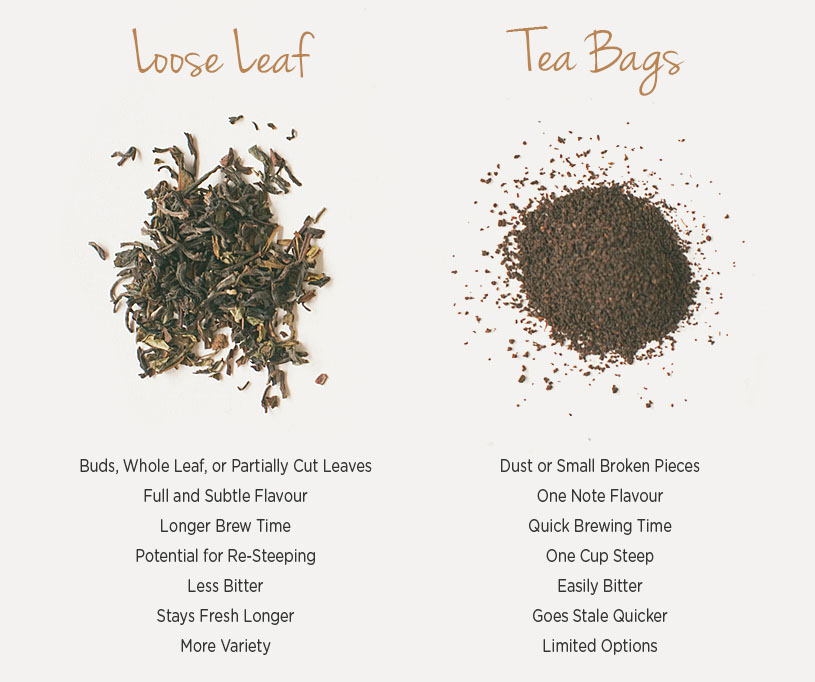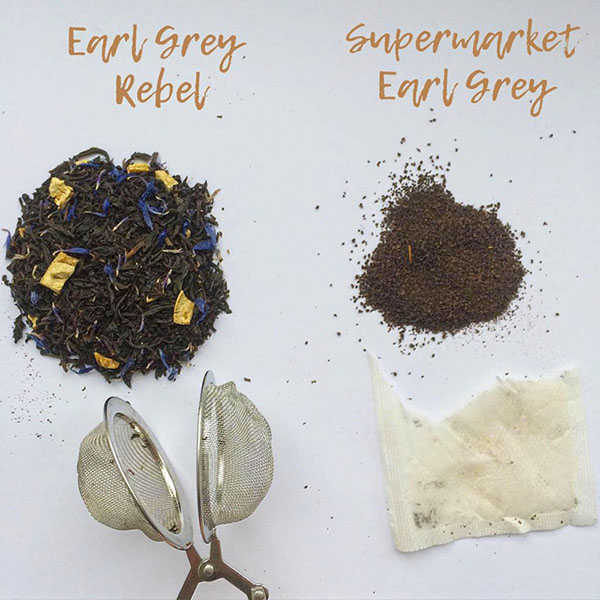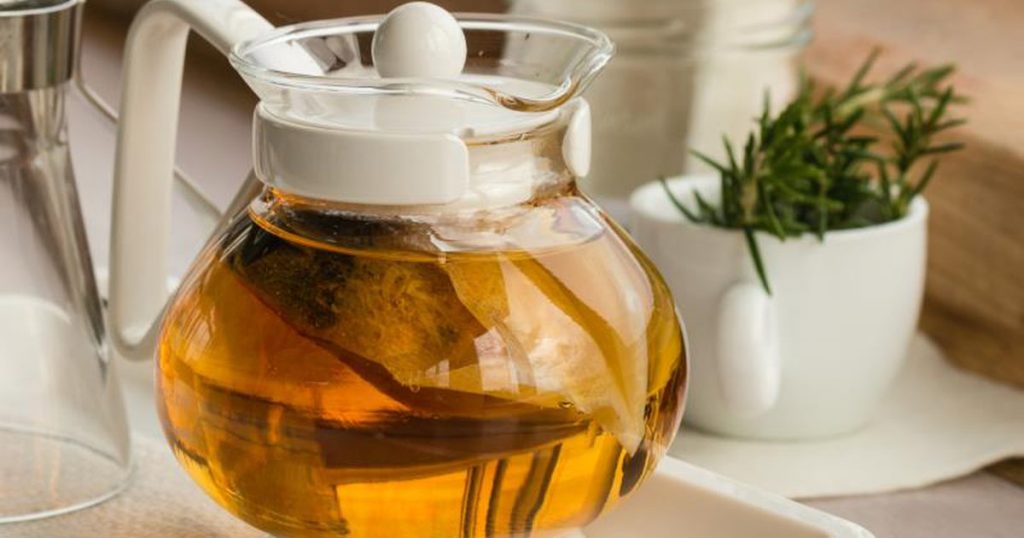Loose Tea vs. Tea Bags
Introduction
Tea bags are known for being quick, simple and convenient; but loose leaf tea is 100% natural, unprocessed and contains a plethora of health properties and antioxidants. Therefore, we are going to look at the true differences between loose leaf tea and tea bags and determine whether there are any true distinctions.
To do this, we will cover the history of tea bags and the core production methods used to maintain consumer demand. Finally, we will discuss the basic properties of whole loose leafs and the quality of tea you can expect to find inside commercial tea bags.
History of Tea bags
Tea bags first started to appear in 1904, but were successfully marketed around 1908.
This success was achieved by a tea merchant called Thomas Sullivan who shipped tea samples around the world in hand-sewn silk bags. Sullivan did this because it was more economical than shipping and packaging whole loose leaf tea in metal tins.
Around this time, infusers were typically used to make tea and the tea bags were intended to be removed from customers. However, customers gathered it was easier to brew the tea whilst it was still contained in the bag.
The demand wasn’t realized until customers started to specifically request that their tea was shipped in bags. With the emerging popularity of tea bags, the fabric was altered to gauze and commercial production began in the 1920s.
Crush-Tear-Curl (CTC) Production

As the demand for tea bags prevailed, tea merchants and manufacturers researched economical methods to increase production at a high volume; with subsequent necessary requirements of a faster oxidation process.
Since it was observed that customers were more concerned with convenience than loose leaf quality, tea manufacturers turned to the crush-tear-curl (CTC) method of production to keep up with consumer demand.
The crush-tear-curl method substitutes the rolling stage of orthodox tea production. At the crush-tear-curl stage, whole loose leaf tea leaves are inserted into the CTC machines which crush, tear and curl them into small brown pellets.
This method has been adopted as a way of producing greater quantities of black tea using more mature, larger leaves which, when prepared with milk and sugar could appeal to a broader market (Srivastava, 2011).
However, there are several drawbacks to the CTC method of production. For instance, when leaves are crushed, teared and curled, stress occurs to the tea leaf and this results in the release of a large quantity of phytins which has the tendency to homogenize flavours.
Alongside this, lower grade tea leaves are typically used for the CTC method of production. This clearly highlights the significant issue of the tea leaf quality contained inside teabags.
Whole Loose Leaf Tea vs. Teabags

When tea leaves are processed, they are sorted into grades which range from high quality (i.e. orange pekoe) to low quality (i.e. dust and fannings). The tea leaves used in tea bags tend be low grade; and are in fact, predominately dust and fannings from broken down tea leaves.
Dust and fannings tend to be the left overs from tea production. They are smaller in size and have a larger surface area, which can result in the quick evaporation of essential oils.
When broken tea leaves are steeped, they can also release a plethora of tannins which create a harsh tasting flavor. Thus leaving the tea - dull, stale and lacking an aroma.
Alternatively, whole loose leafs are packed with antioxidants and claim to provide a number of health benefits; such as, to help decrease blood pressure, reduce the risk of cancer and aid in the reduction of weight loss.
Aesthetically, the natural and fresh loose leaf form provides true beauty as you can see the whole flower buds, perfectly detailed tea leaves and dried pieces of healthy fruit.
Furthermore, whole loose leafs can be sourced from a region or estate which specializes in the production of a certain loose leaf.
The flavor profile, aroma and appearance varies yearly and can subtly change each season. Regions, estates, processing methods and growing seasons are acknowledged for their distinct aromas and flavours.
Ultimately there is a plethora of intense flavours and aromas that can be discovered with loose leaf tea than that of standardized tea blends.
Loose Tea vs. Teabags

When loose leaf tea leaves are steeped in water, they expand and provide a more aromatic and flavorsome cup. During this process, flavors come to life and the nutritional benefits are extracted.
However, traditional tea bags prevent tea leaves from unfurling to their true potential during infusion; thus, placing further limitations on the taste of the tea. Despite this, teabags can also come in various shapes and sizes which claim to improve the flow of tea leaves.
Unlike traditional tea bags, however, loose tea can be reinfused several times which can result in more quality for less cost. Contrarily, tea bags release all of their flavor in one cup and can only be infused once.
Generally, freshness can be problematic with traditional tea bags as they are mass produced on an industrial scale and can remain on the supermarket shelves for numerous months.
It has been noted that tea bags can be sealed with plastic or glue, and packaged with tags and strings for a more sellable design than loose tea.
A problem with this is not only the quality of freshness; but also, the environmental impact. Furthermore, tea bags are traditionally bleached white to make them more aesthetically appealing to customers to increase sales.
Finally, flavor experts have noted that they can taste the sensation of paper that is used to produce tea bags. Whereas, you can simply use an infuser with whole loose leaf tea and enjoy the natural flavor without interruption.
Conclusion
Despite that the adoption of tea bags helped increase the scalability and economic viability of the tea shipping process, it also gave host to several product quality issues.
For instance, it was found that there are not only environmental and ethical issues with the quality of the tea bags itself, but also with the tea contained inside.
This is because it was found that tea bags contain tea which has either been produced through the CTC method or houses lower grade “dust” and “fannings” from broken down tea leaves.
Even though various forms of tea bags have been introduced to improve the quality and flow of steeping capabilities, there are still issues with the production process. For example, tea bags are exposed to more air during the production process; which can result in a substantial lack of flavor and the tea becoming stale quicker.
[easy-tweet tweet="loose leaf tea blends tend to be of higher quality and stay fresher for longer" user="trueteaclub" template="light"]Ultimately, loose leaf tea blends tend to be of higher quality and stay fresher for longer as they are stored more robustly than tea bags. Nevertheless, tea bags are ideal for customers looking for a quick and convenient cup of tea.
Especially as the tea bag can be inserted into the tea cup without any mess and be thrown straight into the bin.
Just like the loose-leaf tea which is sent in our monthly tea subscription boxes, loose tea takes longer to make, but you experience the most fresh and delicious tea available. You’ll be taken aback by the rich and complex flavors found inside every cup of loose leaf tea.
Alongside this, all of the ingredients found inside loose-leaf tea are 100% natural which will make you experience a more richer and fuller flavor. Not to mention the health benefits you can reap from the countless antioxidants found inside every cup.
Therefore, it is safe to say that you are better off enjoying a lovely cup of loose leaf tea to revel in a more whole and flavorsome cup; without having to sip on the leftover dust from the tea production process.

